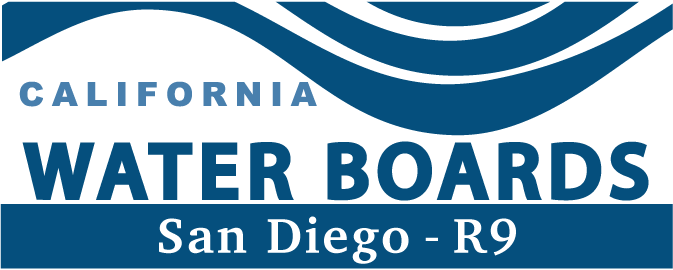San Diego Region - Bacteria Impaired Waters TMDL for San Diego Bay and Dana Point Harbor Shorelines
Introduction
On June 11, 2008, the Regional Water Quality Control Board, San Diego Region adopted a Basin Plan amendment to incorporate the TMDLs developed for Baby Beach in Dana Point Harbor and Shelter Island Shoreline Park in San Diego Bay. The TMDL Basin Plan amendment was subsequently approved by the State Water Resources Control Board on June 16, 2009, and the Office of Administrative Law (OAL) on September 15, 2009. The United States Environmental Protection Agency (USEPA) granted final approval on October 26. 2009. Based on the approval date from the OAL, the effective date for these TMDLs is September 15, 2009. This action meets requirements of section 303(d) of the Clean Water Act. The Basin Plan amendment process is authorized under section 13240 of the Water Code. The Basin Plan amendment is a project subject to the California Environmental Quality Act (CEQA) and the San Diego Water Board is the lead agency.Background
Fecal bacteria originate from the intestinal flora of warm-blooded animals, and their presence in surface water is used as an indicator of human pathogens. Pathogens can cause illness in recreational water users. Bacteria have been historically used as indicators of human pathogens because they are much easier and less costly to measure than the pathogens themselves.
The Clean Water Act requires states to identify those waters within its boundaries for which the effluent limitations are not stringent enough to implement any water quality standards (WQS) applicable to such waters. The Clean Water Act also requires states to establish Total Maximum Daily Loads (TMDLs) for such waters. The purpose of a TMDL is to attain water quality objectives (WQOs) and restore and protect the beneficial uses of an impaired waterbody. TMDLs represent a strategy for meeting WQOs and restoring impaired beneficial uses by allocating quantitative limits for point and nonpoint pollution sources. A TMDL is defined as the sum of the individual waste load allocations (WLAs) for point sources and load allocations (LAs) for nonpoint sources and natural background such that the capacity of the waterbody to assimilate pollutant loading (i.e., the loading capacity) is not exceeded.
These TMDL's address the impaired shoreline segments at Baby Beach in Dana Point Harbor and Shelter Island Shoreline Park in San Diego Bay.
Total Maximum Daily Loads for Indicator Bacteria for San Diego Bay and Dana Point Harbor Shorelines
In 2004, this TMDL project included six bacteria impaired shorelines in Dana Point Harbor and San Diego Bay: Baby Beach in Dana Point Harbor and Shelter Island Shoreline Park, B Street Pier, G Street Pier, Tidelands Park, and Chula Vista Marina in San Diego Bay. In 2007, only Baby Beach in Dana Point Harbor and Shelter Island Shoreline Park in San Diego Bay were confirmed as still impaired by indicator bacteria. Therefore, TMDLs were only developed and adopted for these two shoreline segments.
Public Documents
- State Board Resolution No. 2009-0053 (dated June 16, 2009)
- Resolution No. R9-2008-0027 and Basin Plan Amendment (dated June 11, 2008)
- Final Technical Report and Appendices (dated June 11, 2008)
Subscribe to our Email Lists
Contacts
- Michelle Santillan - WRC Engineer
Michelle.Santillan@waterboards.ca.gov
(619) 521-3369



